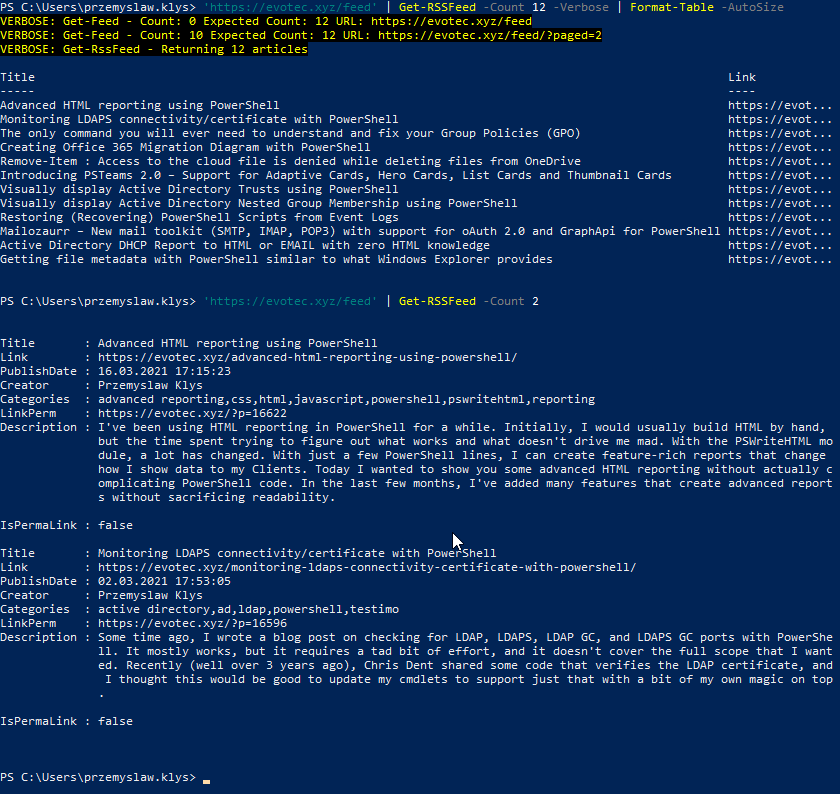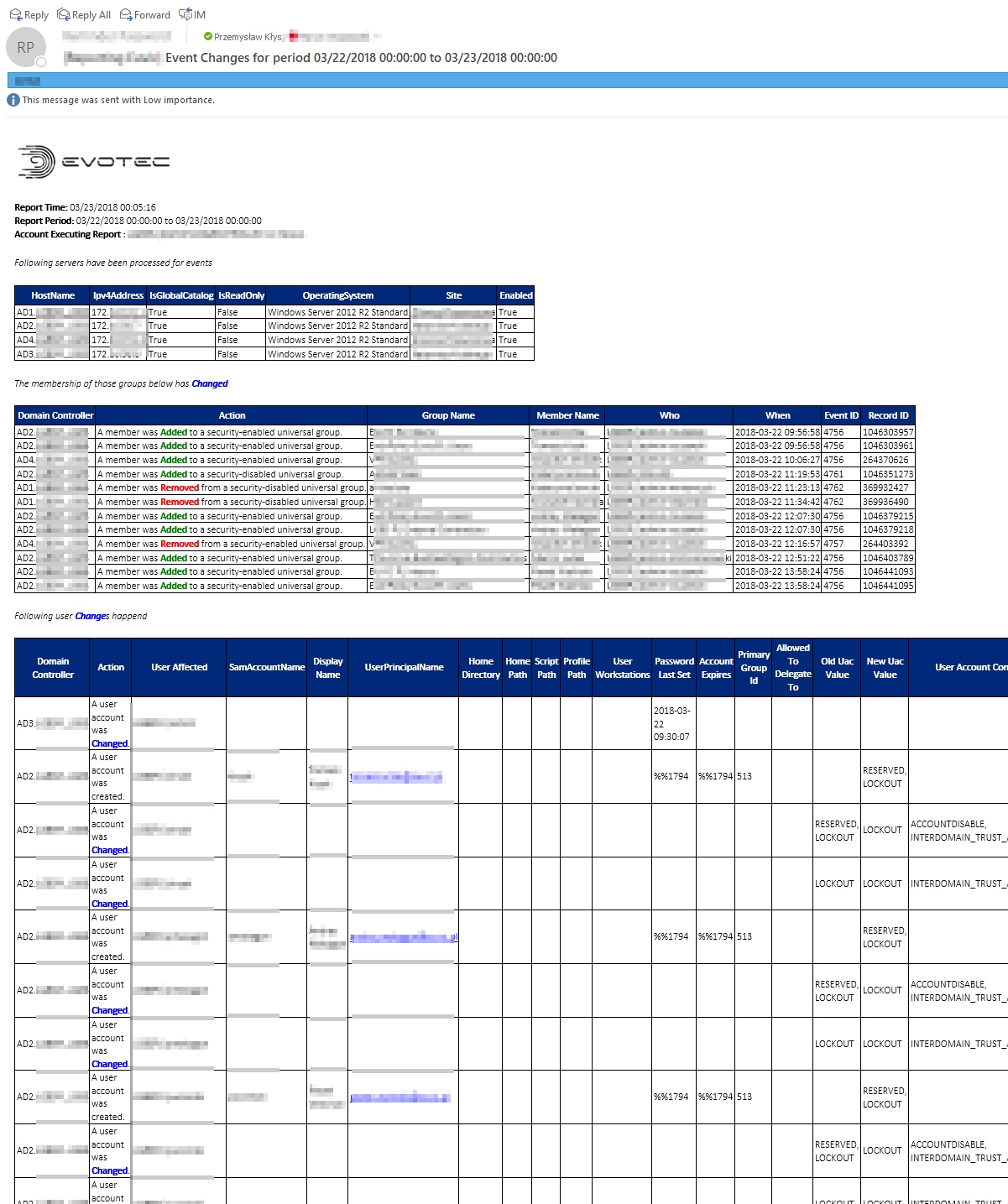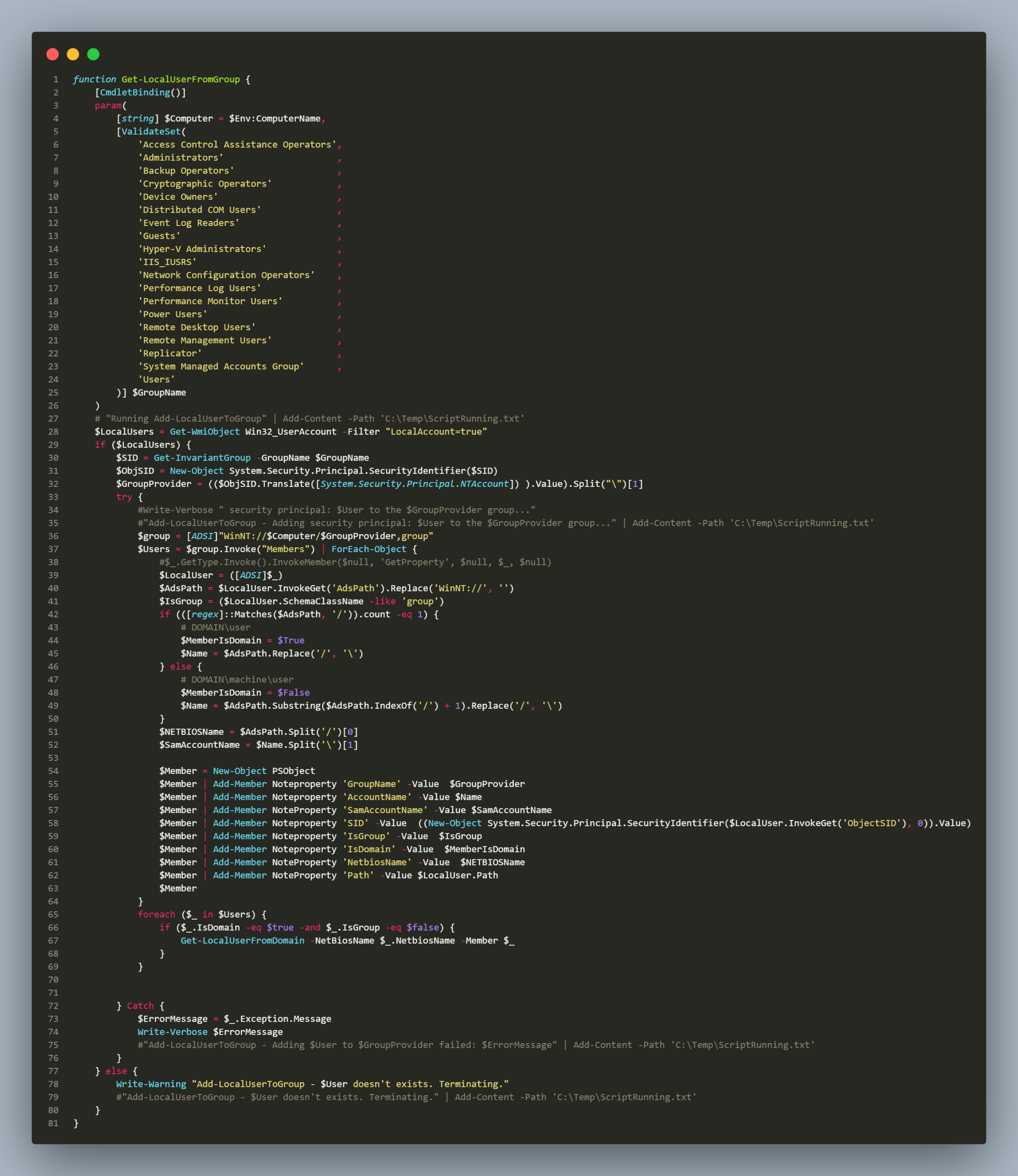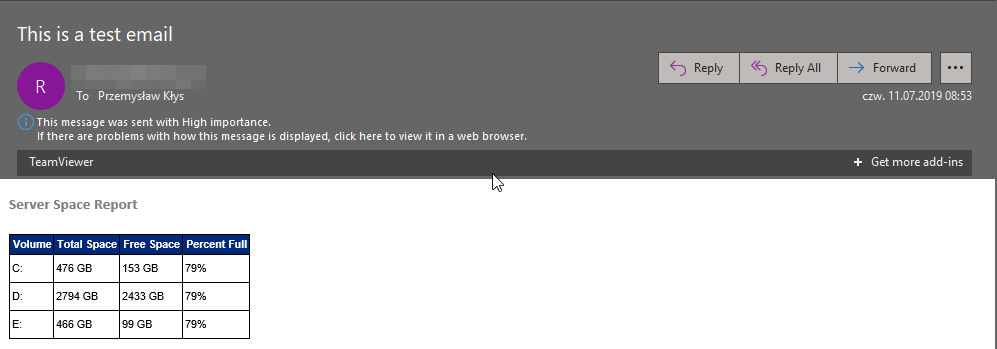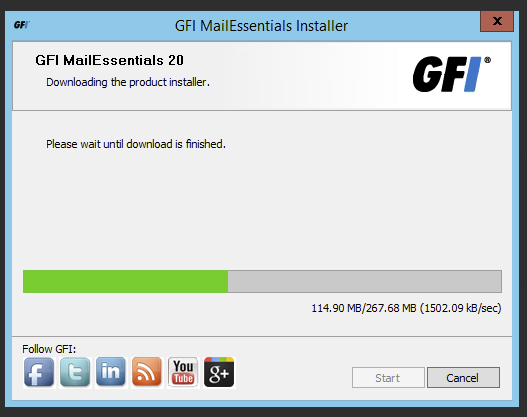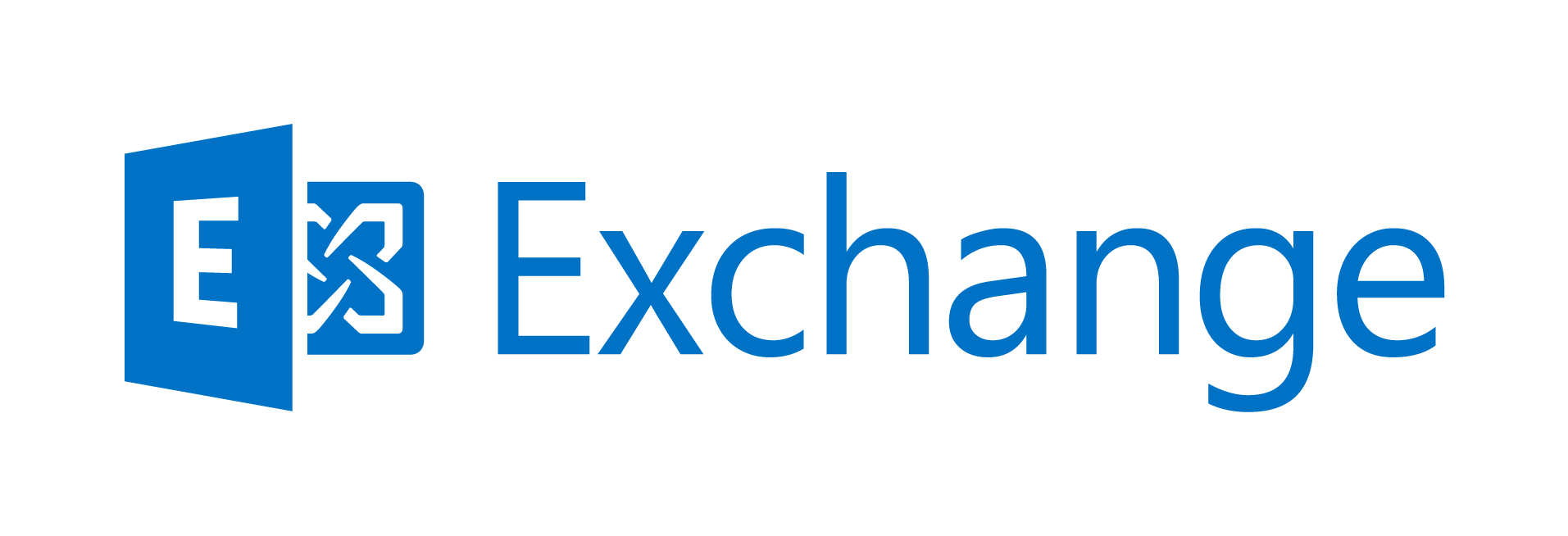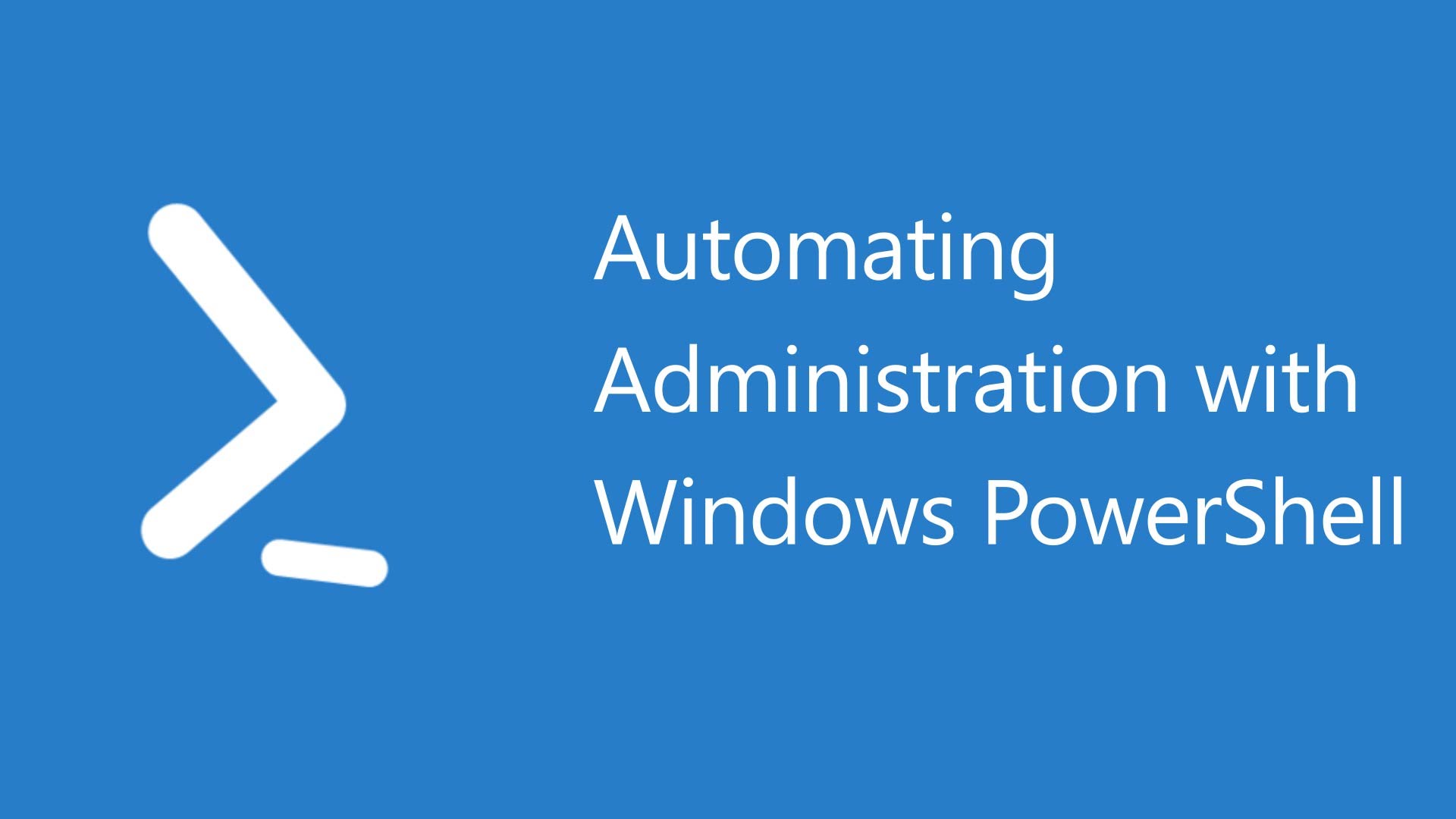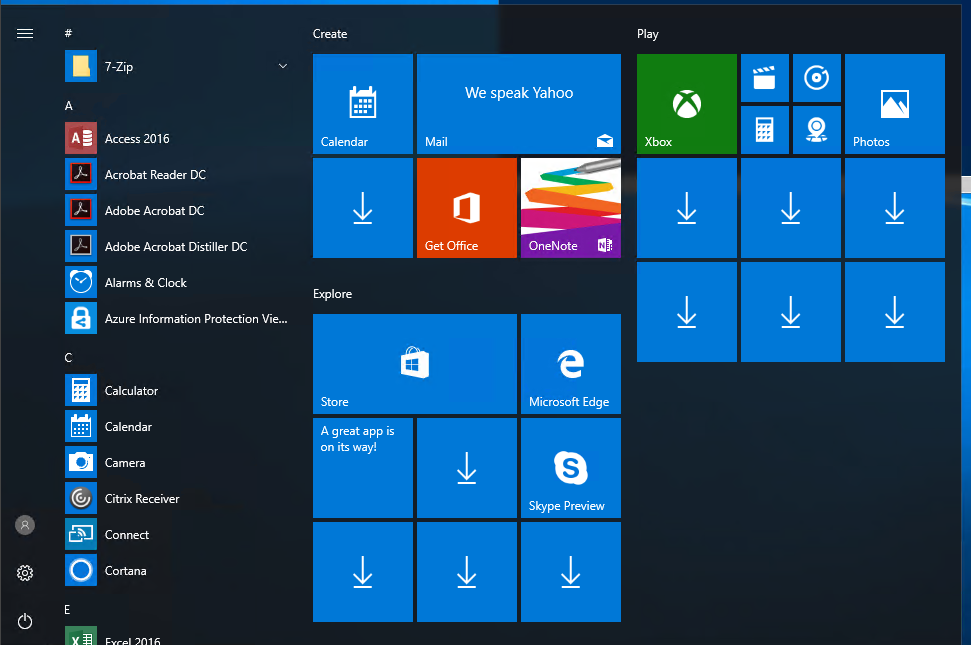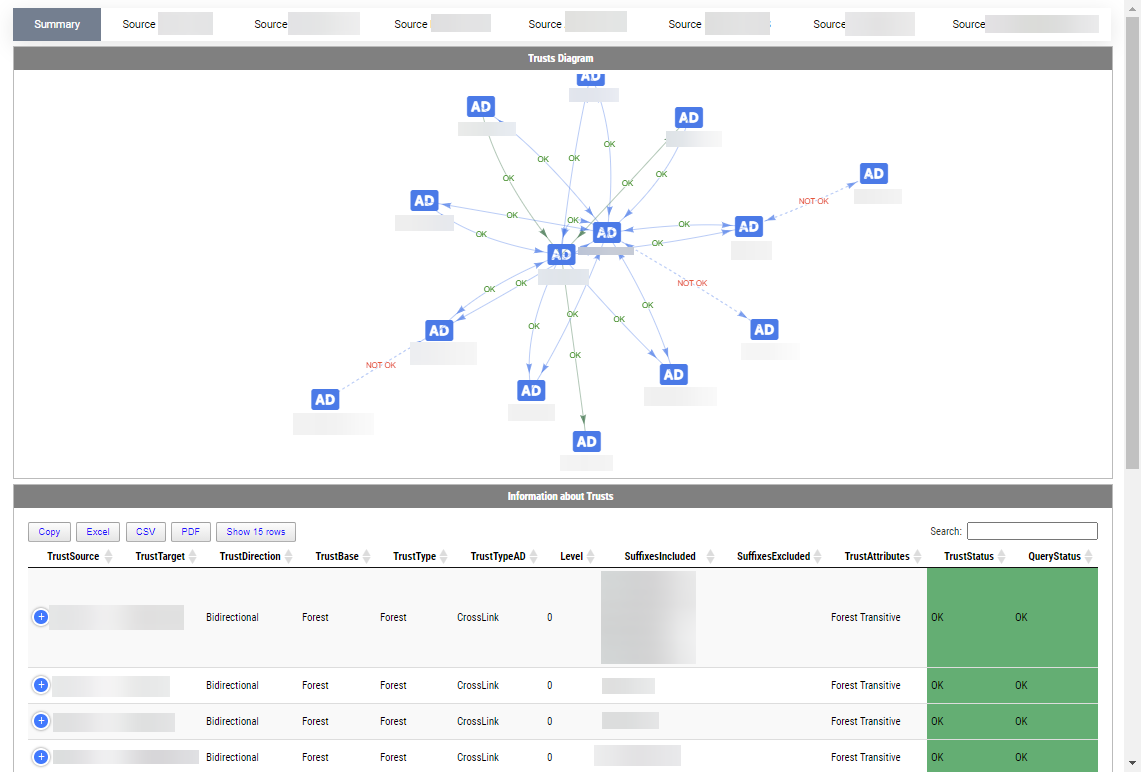
Zmiana ustawienia Send On Behalf w Exchange 2010 / Exchange 2013 lub Exchange 2016 jest czynnością, którą można wykonać w prosty sposób z ECP lub ECM. Niestety przy próbie zmian uprawnień Send On Behalf z poziomu PowerShell czynność ta staje się trochę bardziej ryzykowna.
Opis Problemu
Większość osób przy pierwszej możliwej sposobności użyje komendy
Set-Mailbox <UserToAddPermissionsTo> -GrantSendOnBehalf <UserToGivePermissionsTo>
W założeniu prosta komenda powershellowa ma niestety jedną wadę. Nadpisuje pole które ustawia, w tym przypadku nadpisując ustawienia GrantSendOnBehalf. O ile w pierwszej chwili nie jest to problem, bo zazwyczaj pole to jest puste. O tyle przy większych środowiskach Exchange, gdzie takie uprawnienia są już nadane wcześniej może to powodować duże problemy przy próbie zmiany pola GrantSendOnBehalf, a nadpisanie go najcześciej skutkuje usnięciem dużej grupy osób.
Rozwiązanie
Na szczęście jest prosta metoda by nie nadpisywać tych ustawień. Poniżej możecie znaleźć kilka komend, które potrafią ułatwić życie administratora Exchange.
function Add-DistributionListGrantSendOnBehalfTo { Param($newTrustee, $targetDistributionGroup)
Set-DistributionGroup $targetDistributionGroup -GrantSendOnBehalfTo @{add=$newTrustee}
}
function Remove-DistributionListGrantSendOnBehalfTo { Param($oldTrustee, $targetDistributionGroup)
Set-DistributionGroup $targetDistributionGroup -GrantSendOnBehalfTo @{remove=$oldTrustee}
}
function Replace-DistributionListGrantSendOnBehalfTo { Param($oldTrustee, $newTrustee, $targetDistributionGroup)
Set-DistributionGroup $targetDistributionGroup -GrantSendOnBehalfTo @{add=$newTrustee}
Set-DistributionGroup $targetDistributionGroup -GrantSendOnBehalfTo @{remove=$oldTrustee}
}
function Remove-MailboxGrantSendOnBehalfTo { Param($oldTrustee, $targetMailbox)
Set-Mailbox $targetMailbox -GrantSendOnBehalfTo @{remove=$oldTrustee}
}
function Add-MailboxGrantSendOnBehalfTo { Param($newTrustee, $targetMailbox)
Set-Mailbox $targetMailbox -GrantSendOnBehalfTo @{add=$newTrustee}
}
function Replace-MailboxGrantSendOnBehalfTo { Param($oldTrustee, $newTrustee, $targetMailbox)
Set-Mailbox $targetMailbox -GrantSendOnBehalfTo @{remove=$oldTrustee}
Set-Mailbox $targetMailbox -GrantSendOnBehalfTo @{add=$newTrustee}
}
Podstawowe użycie komend Exchange PowerShell opisanych powyżej:
Add-MailboxGrantSendOnBehalfTo -NewTrustee <AllowedUserToSendOnBehalf> -TargetMailbox <UserMailboxToManage> Replace-MailboxGrantSendOnBehalfTo -NewTrustee <AllowedUserToSendOnBehalf> -OldTrustee <ReplacedUserToSendOnBehalf> -TargetMailbox <UserMailboxToManage> Remove-MailboxGrantSendOnBehalfTo -OldTrustee <ReplacedUserToSendOnBehalf> -TargetMailbox <UserMailboxToManage>


